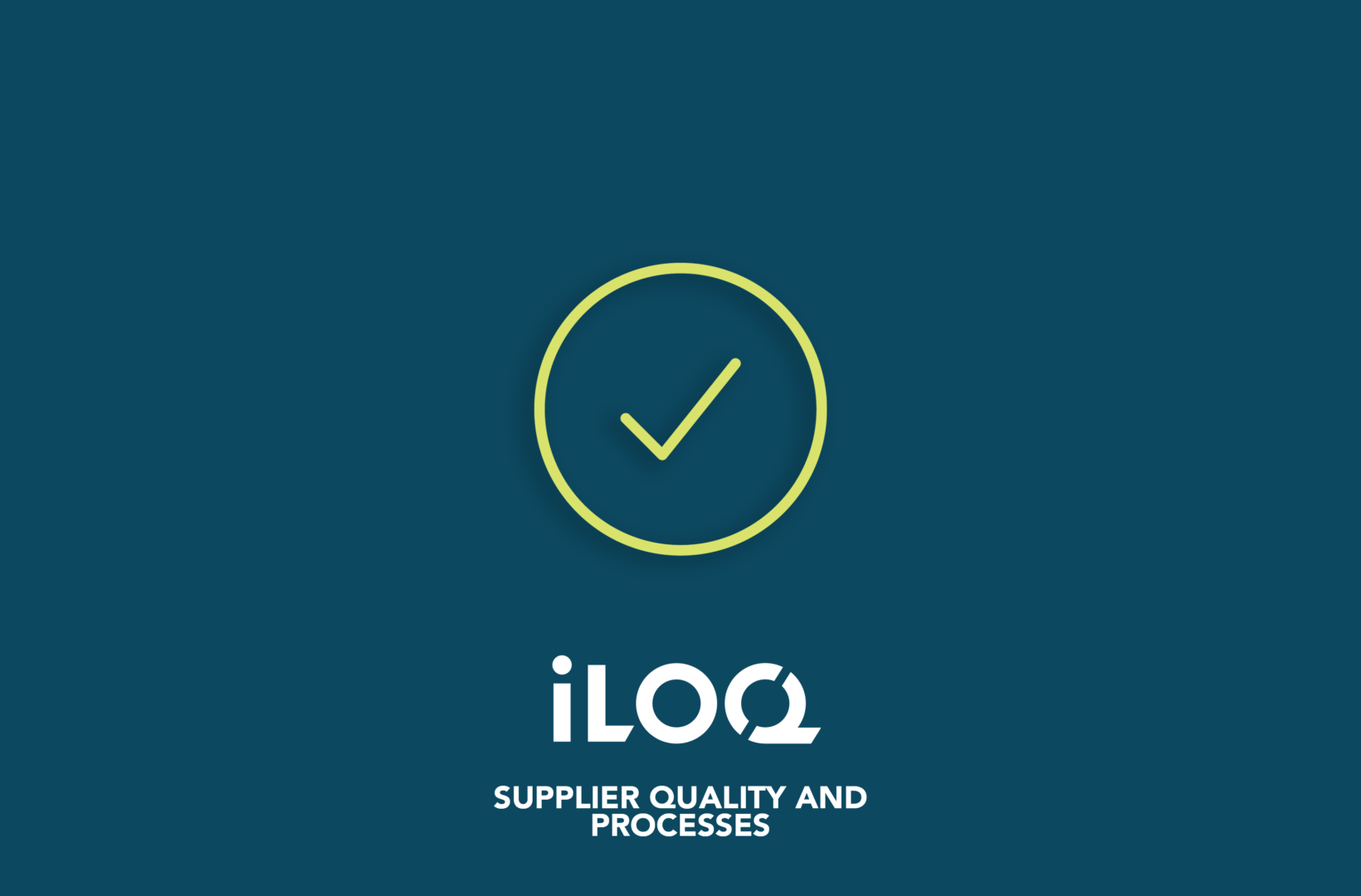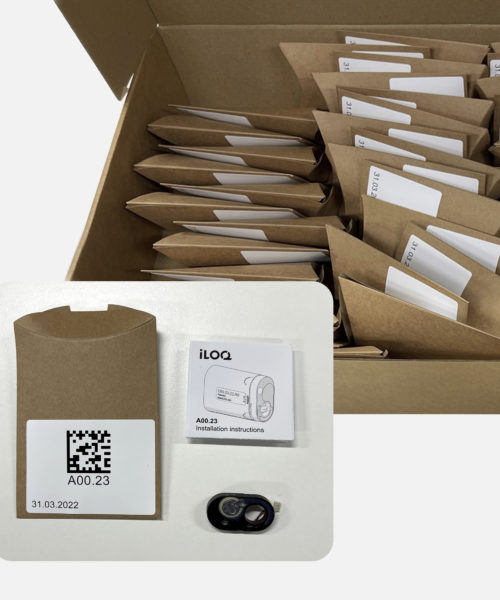3 steps to managing product quality – Part 2: Supplier quality and processes

In our last blog post, we took a look at how we make sure that our products are designed for good quality and reliability. In this post, we’ll take a look at the quality of our suppliers and their processes.
In order to manufacture iLOQ’s highly demanding parts, it’s essential to find best-in-class suppliers. At iLOQ, we see suppliers as partners who can support our growth. We focus on and set aside plenty of resources for supplier collaboration.
Our quality processes follow high standards combined with the best-available manufacturing technology. Design for Manufacturing (DFM), carried out with the co-operation of the supplier engineer team, is one of the processes followed from the very beginning of product development. It is a process of designing parts, components or products for ease of manufacturing with an end goal of making a better product at a lower cost. Early involvement of suppliers is a key issue to ensure new manufacturing technologies can be implemented with low risk and, at the same time, to achieve more cost efficiency.
CPK (Process Capability Index), Yield and Statistical process control (SPC) are statistical tools that we use with suppliers. They are applied in quality management to ensure that a production process has met the specification limits defined for a particular process or product. To be able to manufacture high-class mechanical components, process controls have to be in place. In iLOQ, we demand and follow data metrics. When manufacturing processes are controlled, and adjustments are made, high-quality parts are available for producing locks.
To ensure the best-possible quality, we work closely with our suppliers, arranging quality workshops, face-to-face meetings and regular reviews with them. Supplier audits identify possible risks to iLOQ’s business, and also help suppliers be a part of our continuous improvement procedure.
Part approvals
Part approval starts with documentation that is sent to the supplier. The documentation informs suppliers of our requirements and contains, for example, drawings, quality requirements and 3D models.
Armed with this information, suppliers prepare part-related quality documents such as Process Failure Mode and Effects Analysis, Quality Control plans, Production Flow charts and Gage repeatability and reproducibility studies. DFM processes are also sent to iLOQ for review. If everything is at an acceptable level, the first part manufacturing trials start. When the first parts have been produced, they will be reviewed and measured using first article inspection (FAI) methods and visual inspections. CPK trials are also carried out.
If the part is in good condition, different test trials follow depending on the material and function of the part. These can include chemical, coating, material and environmental tests. Functionality is also tested at assembly level.
All these vital approval steps are planned to prevent any problems arising at the customer end. When all tests have been passed and all parameters are correct, part approval is given to the supplier and mass production can commence.
R&D testing and design based on testing
Testing is a vital part of the process when designing new products. Usually, the development phase of a product includes several iterative cycles which take the product step by step closer to its completion. During each iteration, we test prototypes and, based on an analysis of the results, return back to the drawing board to improve the design. This helps us reach the next stage in the development of a prototype with an improved design.
In addition to normal functionality tests, there are plenty more tests carried out during the development phase. In electronics design, we test, for example, power consumption, ESD protection and reaction to electrical attacks. In mechanics design, we usually test durability by opening locks 200,000 times, subject them to environmental stress including salt spray, carry out an 85/85 increased temperature and humidity test (where products are exposed to 85°C temperatures and a relative humidity of 85%) and perform different kinds of security attacks and manipulation tests. We also need to test the integrity of the whole system, including communication and functionality from end to end, encryption, messaging, etc.
Piloting is also an important part of testing. In these tests, selected customers get the chance to test new products and communicate their findings back to iLOQ’s R&D department. These findings usually contribute to the last development cycle to identify if something still needs to be changed before the product moves to production. The production phase does not mark the end of iLOQ’s testing process. Now testing changes from developing the product into real-time reliability testing during production.
Part measurements
To ensure high quality in our products, we need to make sure that the parts we use fulfill the requirements and specifications we have set for them. We therefore use a wide variety of equipment and always try to find the best and most reliable way to measure parts.
Our tools vary from basic calipers and micrometers to pin and thread gauges, optical and coordinate measuring machines to hardness and surface roughness measurement machines. In some cases, we also use precision-made custom tools and gauges. All our instruments are calibrated, inspected and regularly maintained to make sure that our measurements are accurate. Some of our part measurement is actually half-automated, which allows us to make several precision measurements at the same time from many parts.
Freshly designed parts and revisions are measured in more detail and, after part approval, the main focus is on functional and critical dimensions – so called SPC and CPK measurements. This ensures our inspections remain efficient and help us to shorten the lead time.
Measurement data is stored in a process-control system where changes in parts can be seen and monitored over time. By doing this, we are able to take corrective action in part production before the parts go out of tolerance limits.
In general, we keep up to date with what’s happening in the measurement industry and regularly acquire new instruments.
Keep following our blog to find out more about how we manage product quality. In the next post, we’ll take a look at how we keep our manufacturing quality at the highest possible level. And, don’t forget, if you have any questions, don’t hesitate to post them in the comments box below – we’re here to help.


